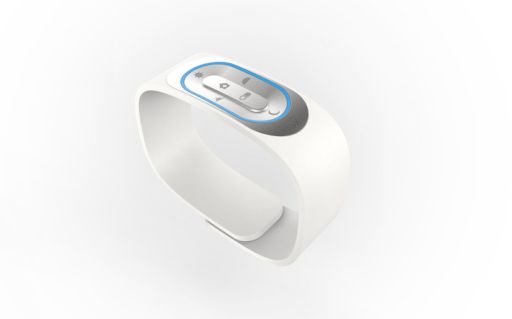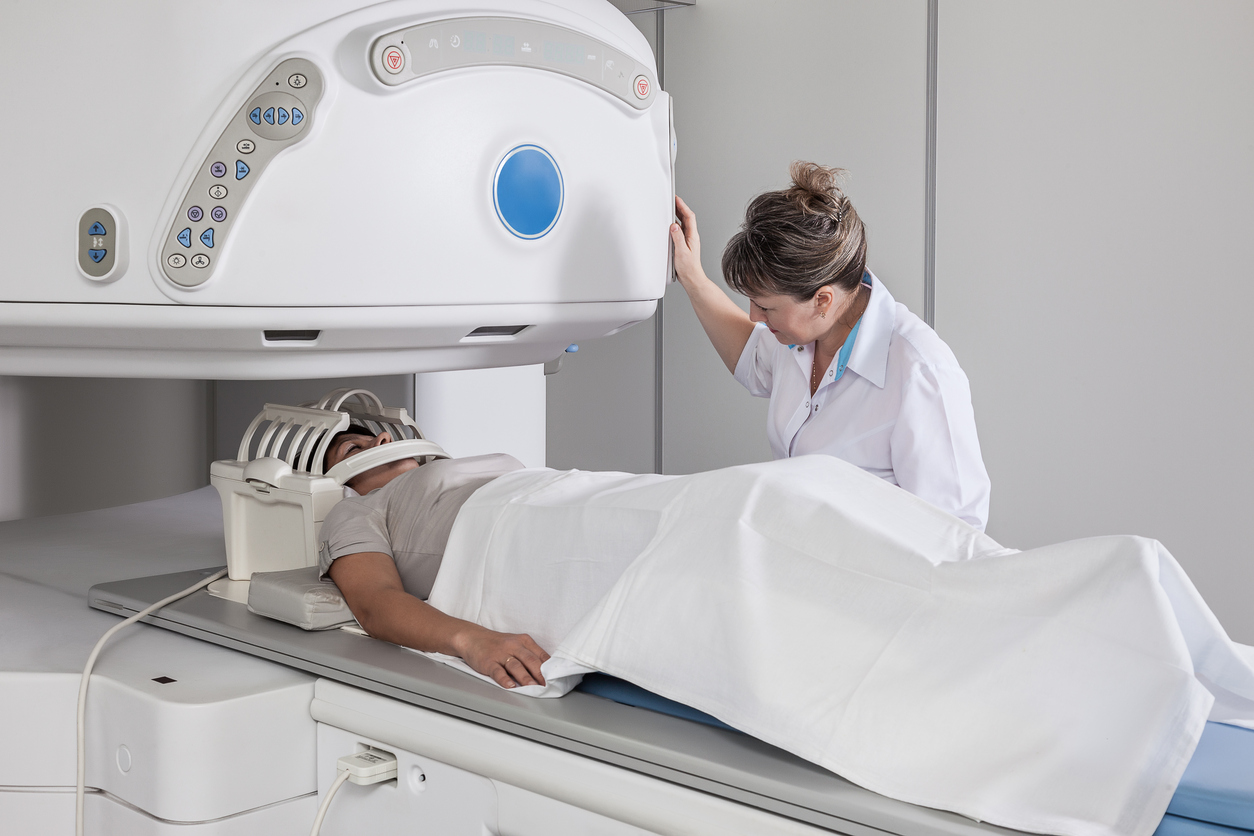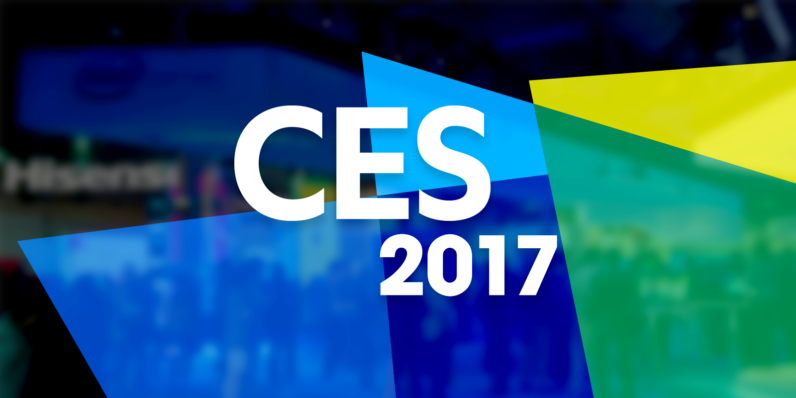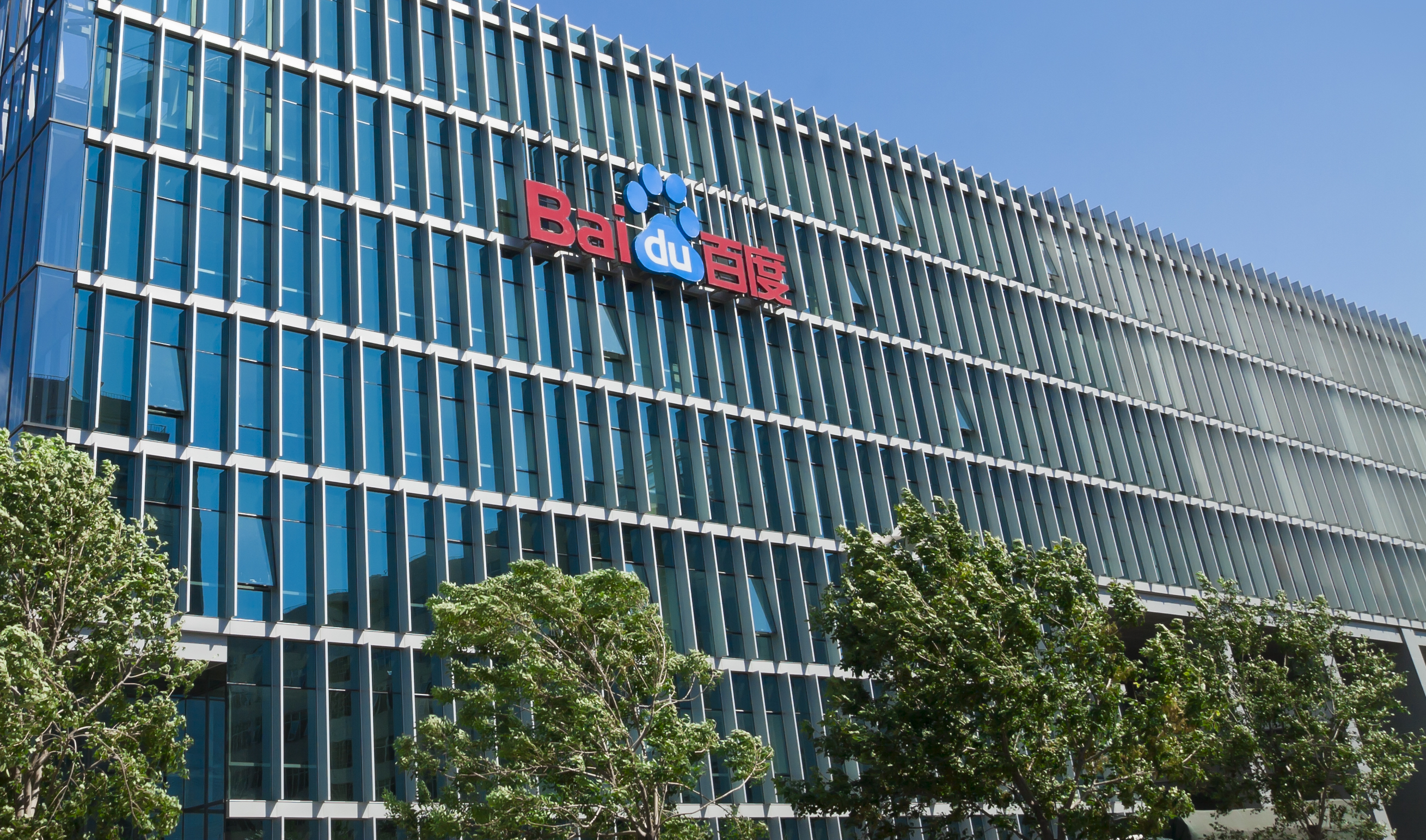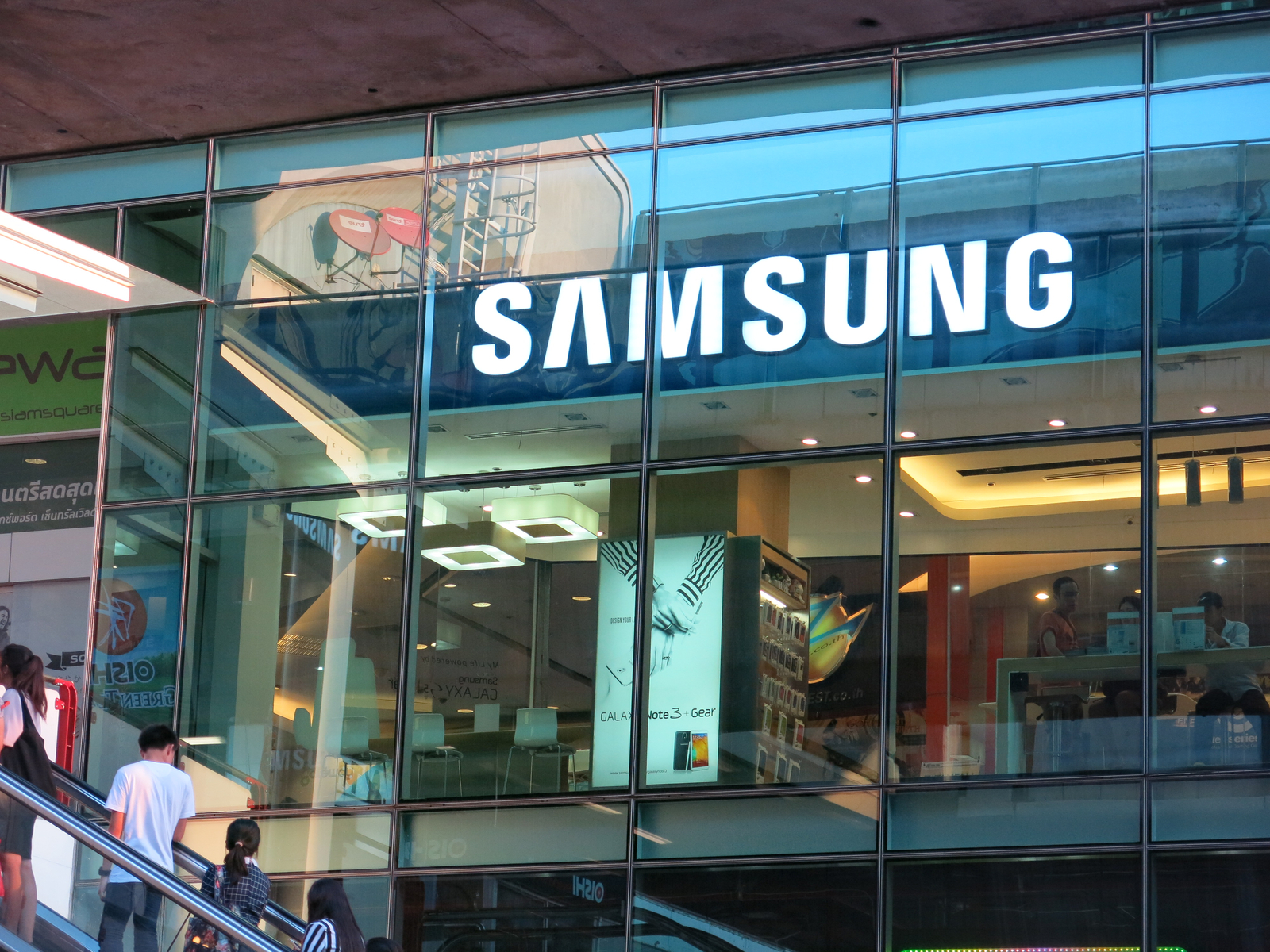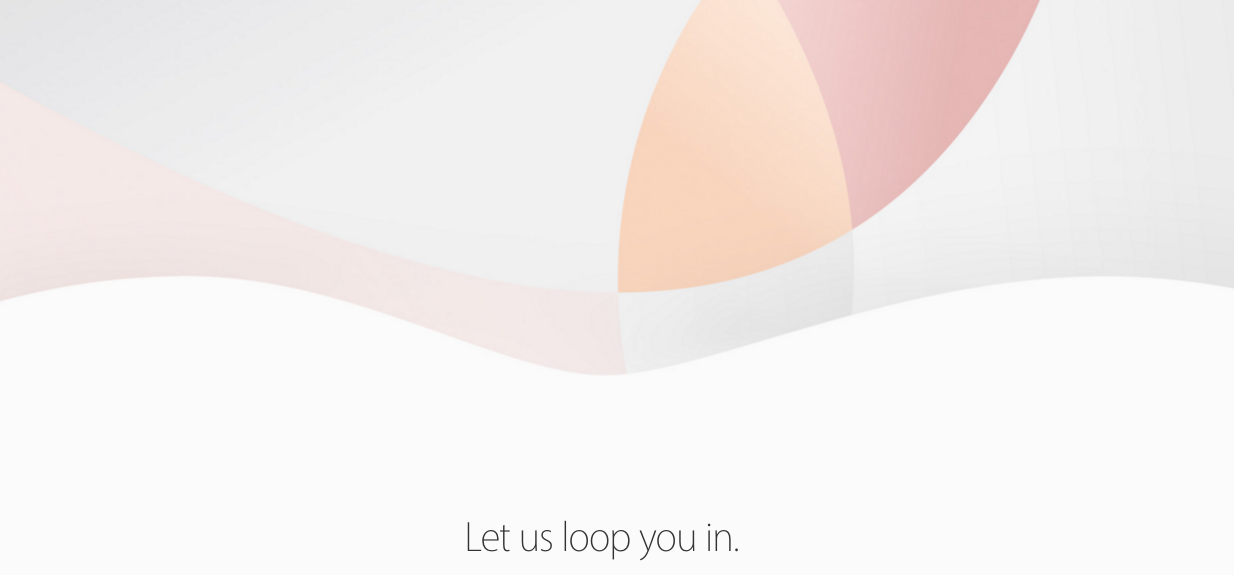What Happened
Wearable devices dedicated to healthcare and medical purposes are nothing new, but a new wearable device for senior healthcare, created by startup Elements of Genius and backed by Mission Pharmacal, will be the first to integrate with Amazon’s voice assistant Alexa. For their upcoming flagship product Wellnest, the company will allow users to use Alexa to conveniently place refill orders for their prescriptions. Moreover, the device will also be integrated with Uber so that senior citizens can easily request a ride or an UberRush to assist with medication delivery.
What Brands Need To Do
By integrating with Alexa, this wearable device not only gains a valuable ecommerce feature that provides real convenience for users, it also opens the door for future expansion of digital voice assistants as caretaking assistants on wearables. With over 11 million Amazon Echo devices sold since launch, Alexa is entering millions of home and leading the charge in familiarizing mainstream consumers with smart voice assistants and the unique conversational experiences they enable. Therefore, brands seeking to stay ahead of the adoption curve will need to start thinking about how to leverage the rise of voice assistants to better serve their customers.
How We Can Help
The Lab has extensive experience in building Alexa Skills and chatbots to reach consumers on conversational interfaces. So much so that we’ve built a dedicated conversational practice called Dialogue. The “Miller Time” Alexa Skill we developed with Drizly for Miller Lite is a good example of how Dialogue can help brands build a conversational customer experience, supercharged by our stack of technology partners with best-in-class solutions and an insights engine that extracts business intelligence from conversational data.
If you’d like to learn more about how to effectively reach consumers on conversational interfaces, or to leverage the Lab’s expertise to take on related client opportunities within the IPG Mediabrands, please contact our Client Services Director Samantha Barrett ([email protected]) to schedule a visit to the Lab.
Source: Yahoo Finance (press release)
Images courtesy of Mission Pharmacal’s press release
